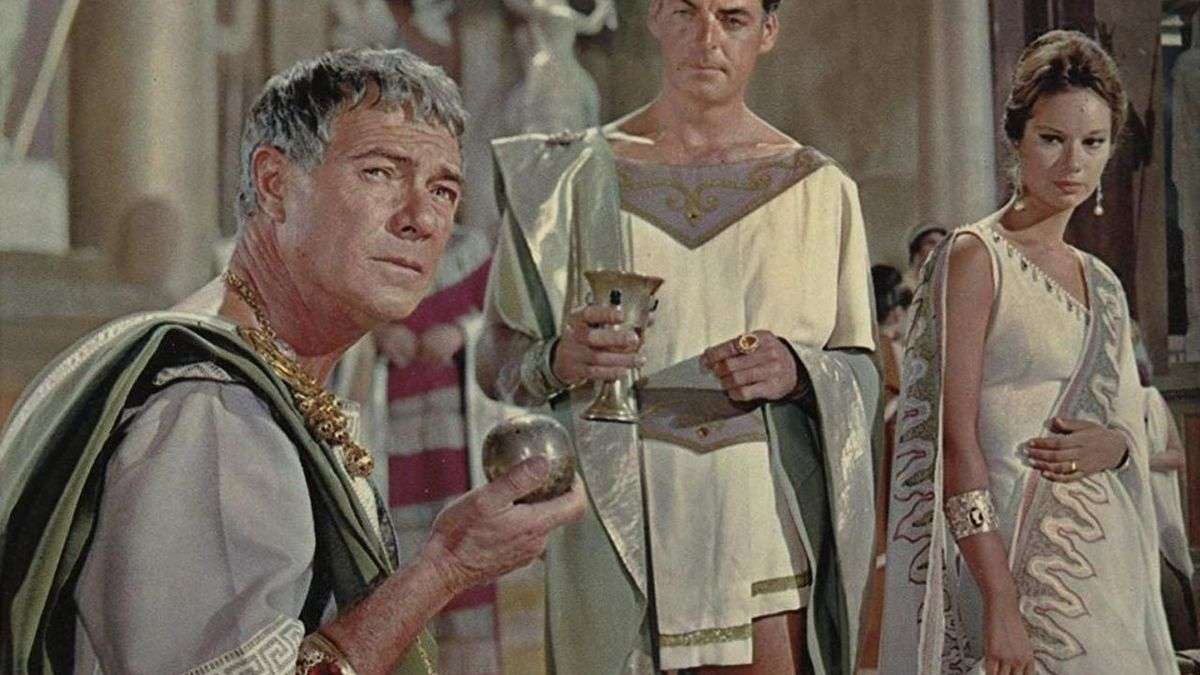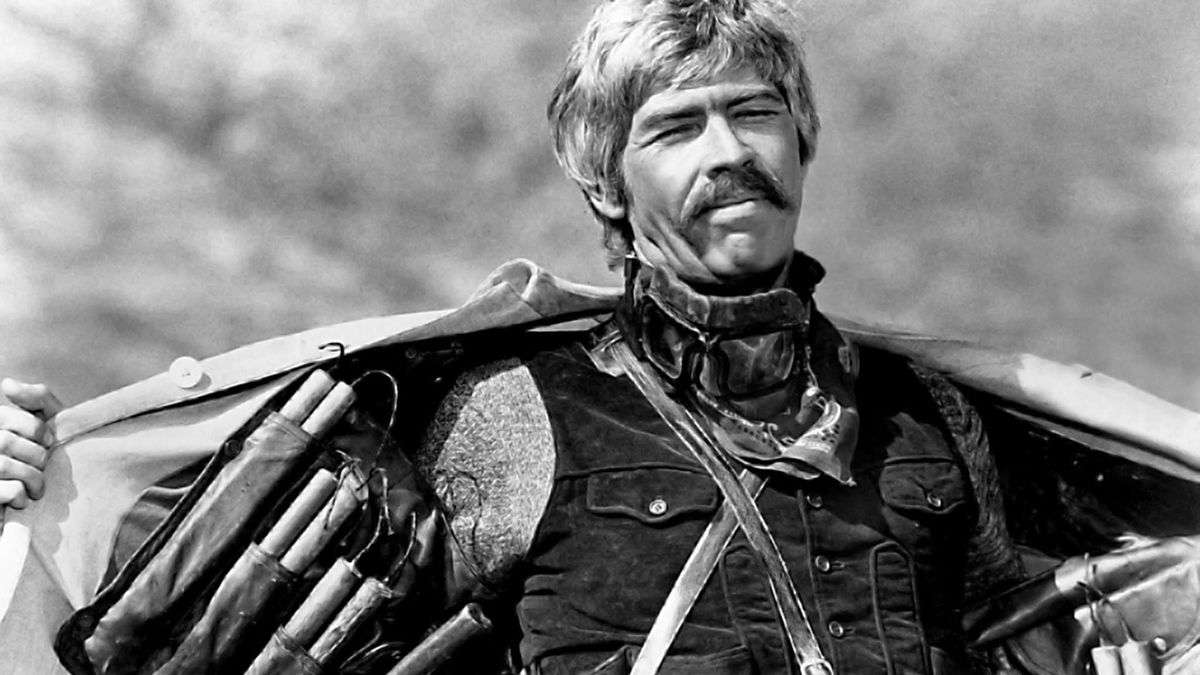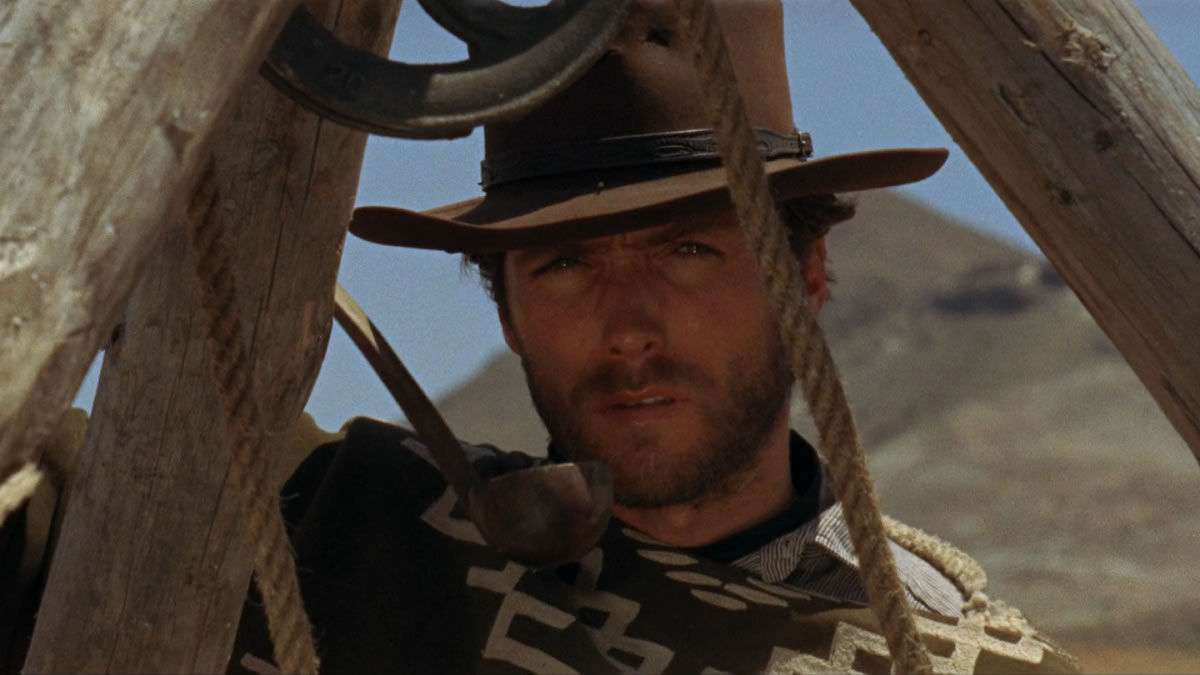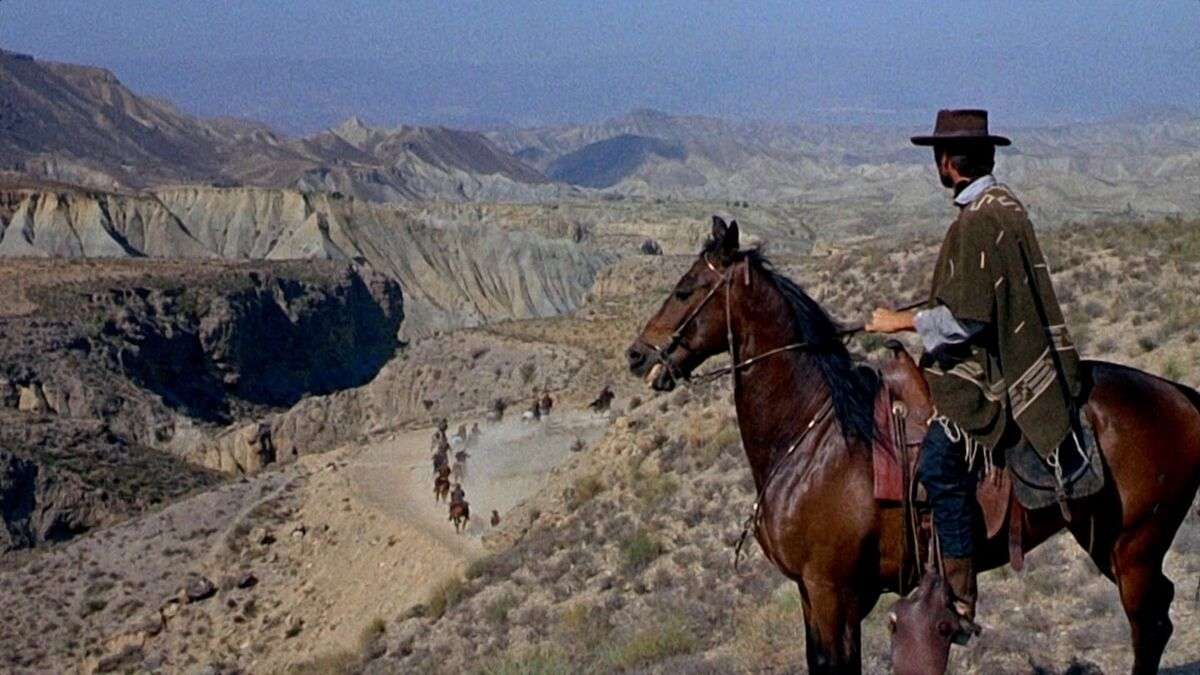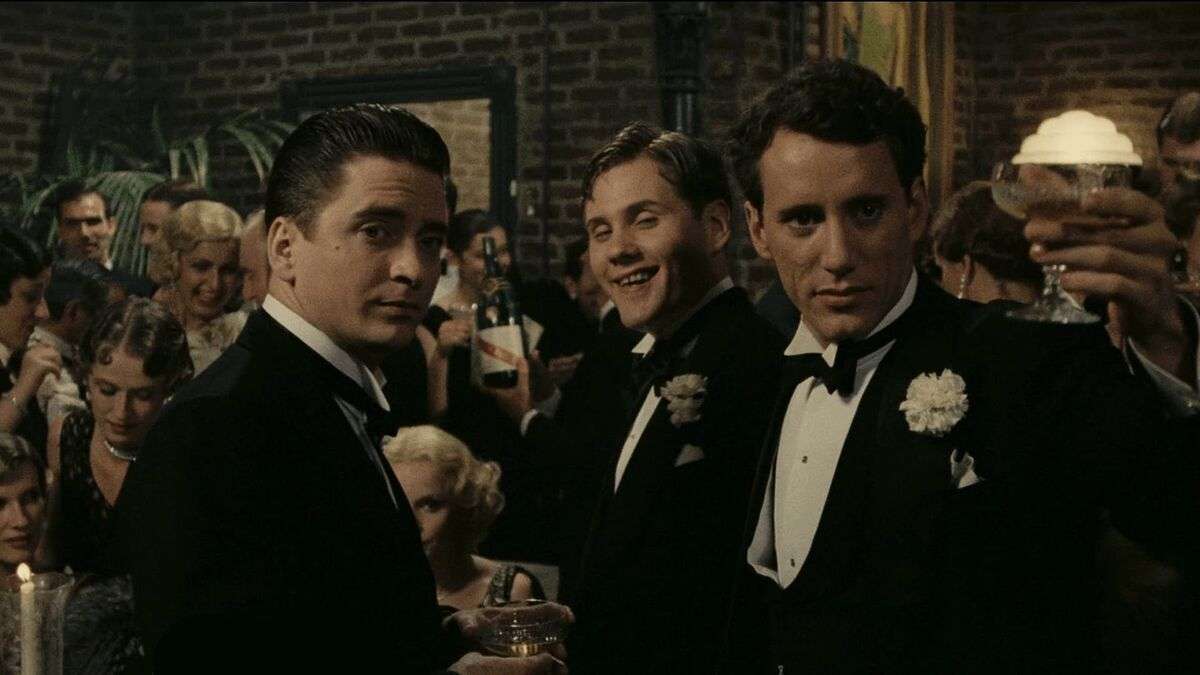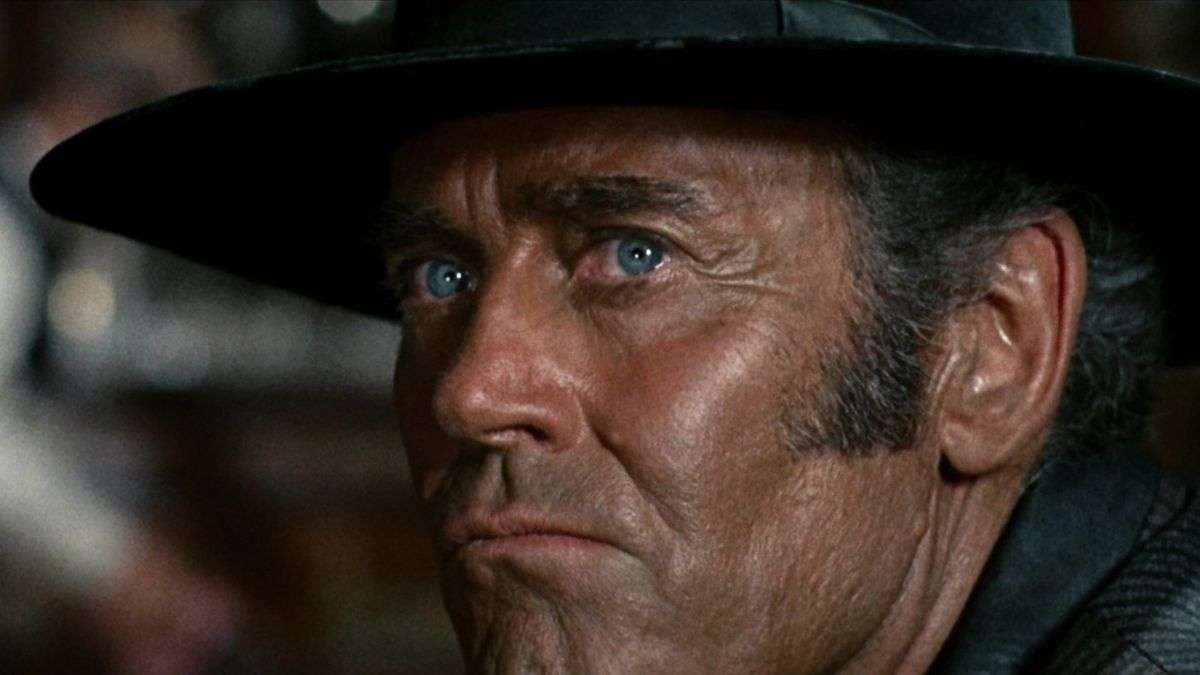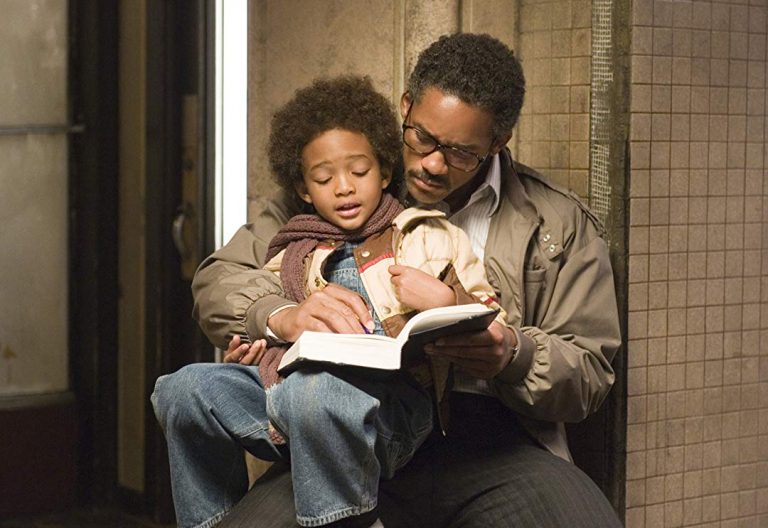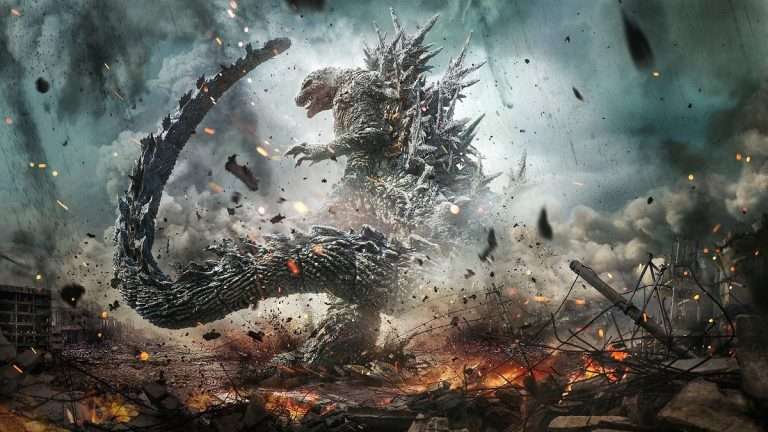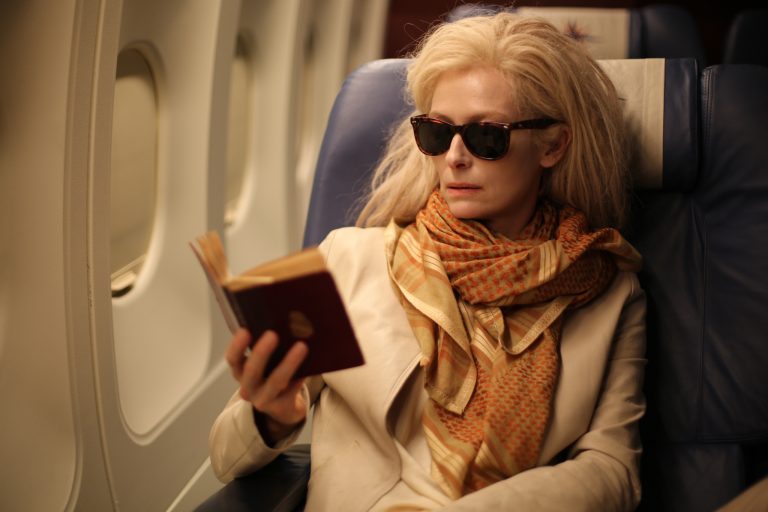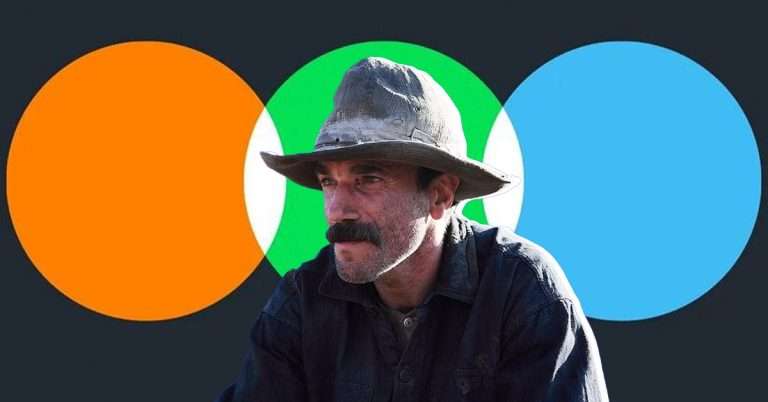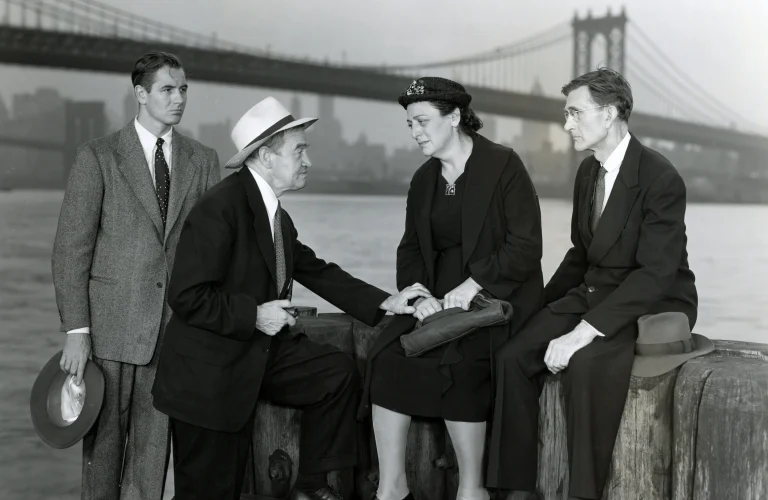An Italian filmmaker with a distinctively American soul, Sergio Leone’s name has become synonymous with the Spaghetti Western. He set himself apart from his American counterparts by infusing the Western genre with a gritty realism and operatic grandeur, effectively reshaping it. Leone’s journey into the world of cinema began under the tutelage of his father, Roberto Roberti, a pioneer of Italian silent films. Starting his career as an assistant director, Leone honed his craft on a variety of projects, including the epic “Ben-Hur” (1959). However, it was his transition to directing that truly showcased his unique vision. Leone’s signature aesthetic is marked by sweeping widescreen cinematography emphasizing the harsh beauty of landscapes, extreme close-ups that capture the minutiae of human expression, and deliberate pacing that builds tension to almost unbearable levels.
Leone’s collaborations with composer Ennio Morricone produced some of the most iconic film scores in history, underscoring the emotional intensity and moral ambiguity of his narratives. His storytelling often focused on themes of greed, revenge, and the corruption of power. His characters were rarely clear-cut heroes or villains, instead occupying a moral gray area that reflected a more complex, if not a borderline cynical, worldview. This approach resonated with audiences of the 1960s and 70s, who were becoming increasingly disillusioned with traditional narratives structured around stark moral binaries. His famous “Dollars Trilogy” introduced the world to the enigmatic Man with No Name, played by Clint Eastwood in a role that would go on to establish him as a Hollywood behemoth.
In this article, we dive into all the iconic movies from Sergio Leone’s legendary career. Enjoy!
7. The Colossus of Rhodes (1961)
Leone’s directorial debut is a sprawling sword-and-sandal epic where one gets a first glimpse of the many visual and narrative elements that would eventually become hallmarks of Leone’s signature style. Set in the Hellenistic period, the film juggles adventure, romance, and political intrigue against the backdrop of the ancient Greek city of Rhodes. The story follows Darios (Rory Calhoun), a strapping Greek war hero who arrives in Rhodes during the unveiling of the titular Colossus – a massive statue of Apollo that doubles as a fortress. He is, however, quickly entangled in the local politics and scheming. The tyrannical King Serse (Roberto Camardiel) rules Rhodes with an iron fist, and the Colossus itself serves as a symbol of his oppressive power.
Darios is initially a neutral observer, enjoying the city’s splendor and the company of the beautiful Diala (Léa Massari), the daughter of the statue’s architect. However, as he becomes aware of the king’s brutal regime and the suffering of the people, his perspective changes. His loyalties are tested as he navigates between a secret rebel alliance, his growing affection for Diala, and his own self-interest. While not yet fully formed, hints of Leone’s trademark style peek through lingering close-ups, tension-building wide shots, and a keen eye for striking compositions. The film’s pacing, however, can be uneven. Leone struggles at times to maintain momentum across the two-hour runtime, with some sequences dragging while others feel rushed. The score by Angelo Francesco Lavagnino is serviceable but lacks the iconic quality of Leone’s later collaborations with Ennio Morricone.
6. Duck, You Sucker! (1971)
Also known as “A Fistful of Dynamite,” “Duck, You Sucker!” is an oft-overlooked gem sitting at the crossroads of Leone’s illustrious career. It is set during the Mexican Revolution of the early twentieth century and serves as a great showcase for Leone’s masterful storytelling, ambitiously mixing the grit of his spaghetti westerns with a more politically charged narrative. A rough-and-tumble Mexican bandit, Juan Miranda (Rod Steiger), meets John Mallory (James Coburn), an Irish explosives expert with a mysterious past. Juan dreams of a glorious bank heist in Mesa Verde and sees in John the key to cracking the vault. Meanwhile, John is haunted by ghosts from his IRA days and finds in Mexico a chance for redemption – or perhaps just oblivion. Their plans are complicated by the turbulent environment of the Mexican Revolution.
As Juan and John venture deeper into revolutionary territory, they become unwittingly entangled in the conflict. What starts as Juan’s selfish pursuit of wealth evolves into a reluctant dance with destiny while John grapples with the echoes of his past idealism, his expertise with explosives both a blessing and a curse in this new landscape of conflict. Ennio Morricone’s score, a character unto itself, weaves through the narrative with haunting melodies and bombastic crescendos.
The main theme, with its wistful woodwinds and playful “Sean, Sean” refrain, perfectly encapsulates the film’s bittersweet tone. Leone, with a wink and a nudge, subverts the conventions of the Western genre, infusing it with a satirical edge. The film is a rollercoaster of emotions, shifting seamlessly from moments of intense drama to outright slapstick. This tonal inconsistency is a double-edged sword: while it creates a sense of unpredictability, it can also undermine the film’s dramatic impact at times.
5. A Fistful of Dollars (1964)
Bursting onto screens like a gunshot in the night, “A Fistful of Dollars” forever changed the landscape of the spaghetti Western genre. Generously borrowing from Akira Kurosawa’s “Yojimbo” (1961), the film marks the first installment of what would become known as the “Dollars Trilogy,” introducing audiences to the enigmatic, laconic anti-hero, the Man with No Name, played by Clint Eastwood in his first leading role. This unnamed figure rides into the godforsaken town of San Miguel, a place where even the vultures seem to have better prospects. With nothing but a serape, a revolver, and a steely gaze that could wither cacti, he quickly sizes up the situation: two warring factions – the Rojos and the Baxters – have turned the town into their personal battlefield.
Instead of fleeing this powder keg, our crafty stranger decides to play both sides against the middle. He offers his gun-for-hire services to the highest bidder, double-crossing and manipulating with the cool precision of a card shark. The Rojos, led by the ruthless Ramon (Gian Maria Volontè), and the Baxters, headed by the ineffectual Sheriff John (Wolfgang Lukschy), dance to the stranger’s tune, unaware they’re being led to mutual destruction.
Leone takes the well-worn tropes of the American Western and turns them inside out, creating a world that’s both familiar and alien. Gone are the white-hatted heroes and clear-cut morality; in their place, we find a sun-bleached purgatory where survival is the only virtue. Those iconic extreme close-ups of squinting eyes and twitching trigger fingers create a palpable tension that threatens to snap at any moment, while wide shots of the desolate landscape emphasize the isolation and moral vacuum of this world.
4. For a Few Dollars More (1965)
The second entry in Leone’s Dollars Trilogy builds on the foundation laid by “A Fistful of Dollars” to craft a more complex narrative, richer characters, and even more stylish set pieces, all while retaining the cynical edge that made its predecessor so revolutionary. The Man with No Name, now dubbed “Manco” (Clint Eastwood), returns with his trademark poncho and squint, joined by the older Colonel Douglas Mortimer (Lee Van Cleef), both bounty hunters. Their quarry? The vicious bandit El Indio (Gian Maria Volontè) – a man so vicious he makes the devil look like a choirboy. Realizing that two guns are better than one when facing El Indio’s gang, Manco and Mortimer reluctantly join forces, each man hiding his true motives behind a smokescreen of greed.
El Indio, meanwhile, is no mere target. Volontè imbues the character with a wild energy, alternating between cold calculation and unhinged brutality. His pocket watch, which plays a haunting melody, becomes a Pavlovian trigger for violence – a brilliant device that ratchets up tension with each tinkling note. Leone’s use of close-ups remains a hallmark of claustrophobic intensity, but his compositions become increasingly complex, with multiple characters often sharing the frame. From the balletic violence of a prison break to the final three-way showdown – a masterclass in building and releasing tension – Leone demonstrates his growing mastery of action choreography. Each gunfight is a carefully orchestrated symphony of glances, gestures, and sudden, explosive violence. While greed remains a driving force, “For a Few Dollars More” goes deeper in exploring the nature of vengeance and its corrosive effects on the soul.
3. Once Upon a Time in America (1984)
“Once Upon a Time in America” is Sergio Leone’s sprawling, elegiac swan song – a nearly four-hour epic spanning five decades in the lives of Jewish gangsters in New York City. At the center of this intricate narrative is David “Noodles” Aaronson (Robert De Niro), whom we first meet as an opium-addled wreck in 1933, fleeing a mysterious danger. From this hazy present, the film plunges us into a nonlinear odyssey through time, skipping between the 20s, the 30s, and the 60s. We witness the formation of a tight-knit gang in the Jewish ghetto of the Lower East Side, where young Noodles (Scott Tiler) and Max (Rusty Jacobs) forge a bond that will define and ultimately destroy their lives. As they graduate from petty crime to bootlegging and beyond, their childhood friend Deborah (Jennifer Connelly, later played by Elizabeth McGovern) remains an unattainable object of Noodles’ desire.
The film explores the American Dream through the lens of the immigrant experience, revealing the dark underbelly of the pursuit of wealth and power. Leone abandons the kinetic style of his westerns for a more contemplative approach, letting scenes unfold with languid beauty. His use of color and light is breathtaking, evoking the mood and atmosphere of each era with precision. Morricone’s score is hauntingly beautiful, with its main theme serving as a bittersweet refrain that echoes through the decades of the story. The use of period music is equally effective, grounding us in each era while underscoring the emotional beats of the narrative. Torn between images of tenderness, warmth, innocence, and passion and the harsh consequences of a life of crime and punishment, the camera’s gaze floats like the butterfly and stings like the bee, and its victims are us, the spectators ourselves.
2. Once Upon a Time in the West (1968)
With his first film from the unofficial “Once Upon a Time…” trilogy, Sergio Leone gives us not just a Western, but THE Western – a distillation of every trope and archetype of the genre, elevated to the realm of myth, in a film that feels both startlingly original and intimately familiar. The film opens with one of the most famous sequences in cinematic history: a nearly wordless, tension-filled scene at a train station. Three gunmen, working for the cold-blooded Frank (Henry Fonda), await the arrival of a mysterious harmonica-playing stranger (Charles Bronson), accompanied only by the creak of a windmill and the buzz of a fly. When the train finally arrives, a violent confrontation ensues, establishing the film’s tone of inevitable, operatic violence.
The story revolves around a coveted piece of land called Sweetwater, soon to be crucial for an expanding railroad. When the McBain family is brutally murdered by Frank, it sets off a chain of events that draws in a cast of unforgettable characters. Into this volatile mix steps the enigmatic Harmonica, with a personal vendetta against Frank, teaming up with the bandit Cheyenne (Jason Robards), who is initially framed for the McBain massacre.
The railroad’s inexorable advance serves as a metaphor for progress’s triumph over the wild, untamed West of legend. Yet Leone’s vision is not simply nostalgic; he acknowledges the brutality and injustice of this era even as he mythologizes it. Helmed by Morricone’s score, the music itself becomes a formidable presence in this film. Harmonica’s wailing harmonica, Cheyenne’s jaunty banjo, Jill’s sweeping strings – these musical signatures are as integral to our understanding of the characters as any piece of dialogue.
1. The Good, the Bad and the Ugly (1966)
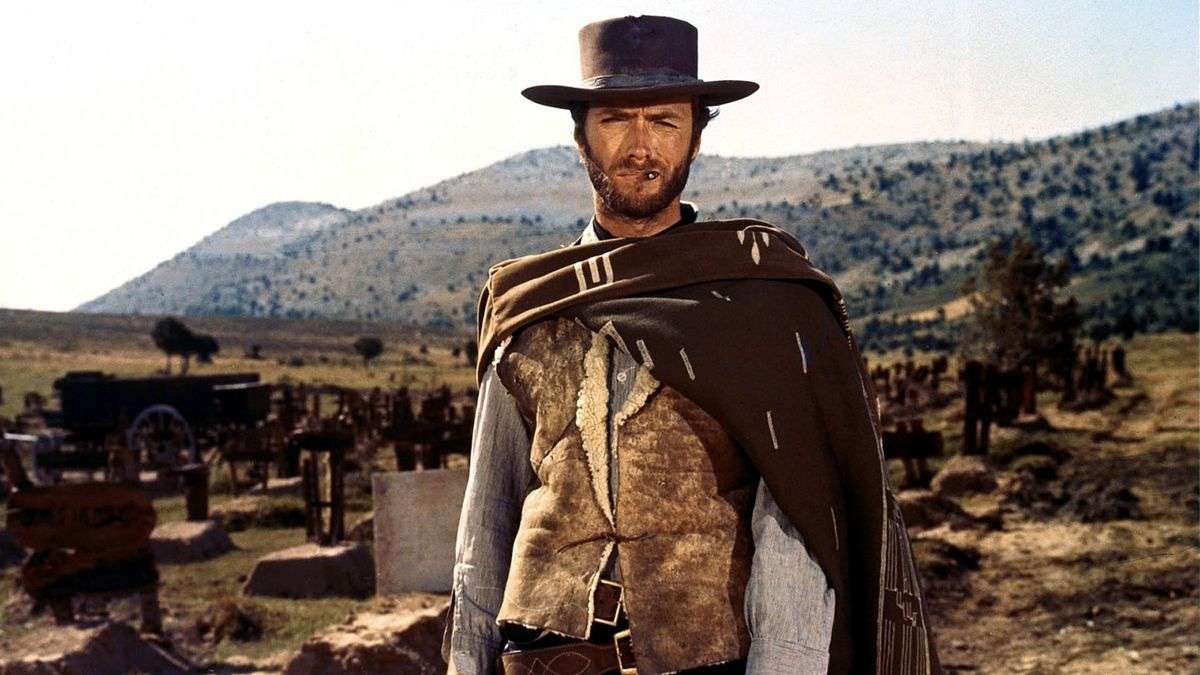
Widely recognized as the “definitive spaghetti Western,” Leone’s final film from his Dollars Trilogy was his magnum opus: an epic tale of greed, deception, and unlikely alliances set against the backdrop of the American Civil War, which has since become a cultural touchstone. We follow three gunslingers in pursuit of a fortune in buried Confederate gold. There’s “the Good,” Blondie (Clint Eastwood), a laconic gunslinger with a hidden streak of honor; “the Bad,” Angel Eyes (Lee Van Cleef), a ruthless mercenary who’ll stop at nothing to get what he wants; and “the Ugly,” Tuco (Eli Wallach), a Mexican bandit whose motor mouth is as quick as his trigger finger. Their converging fates unfold like a game of three-card monte, with alliances forming and dissolving as each man tries to outwit the others.
The climax of the film is a masterful sequence set in a vast cemetery, where the three men engage in a tense Mexican standoff, underscored by Morricone’s iconic score. The tension is palpable as they face off, each aware that only one will walk away with the treasure. Morricone’s main theme, with its howling coyote and electric guitar, is instantly recognizable, and the way it interacts with the visuals – sometimes complementing, sometimes contrasting –elevates the film to near-mythic levels. Leone takes the stylistic flourishes he developed in the previous films and pushes them to operatic heights: extreme close-ups, wide panoramic shots, tension-building silences punctuated by explosive violence – all are used to maximum effect. Amidst the sweeping landscapes and large-scale battle scenes, he never loses sight of the personal stakes driving his characters, which gives the film its lasting power.


